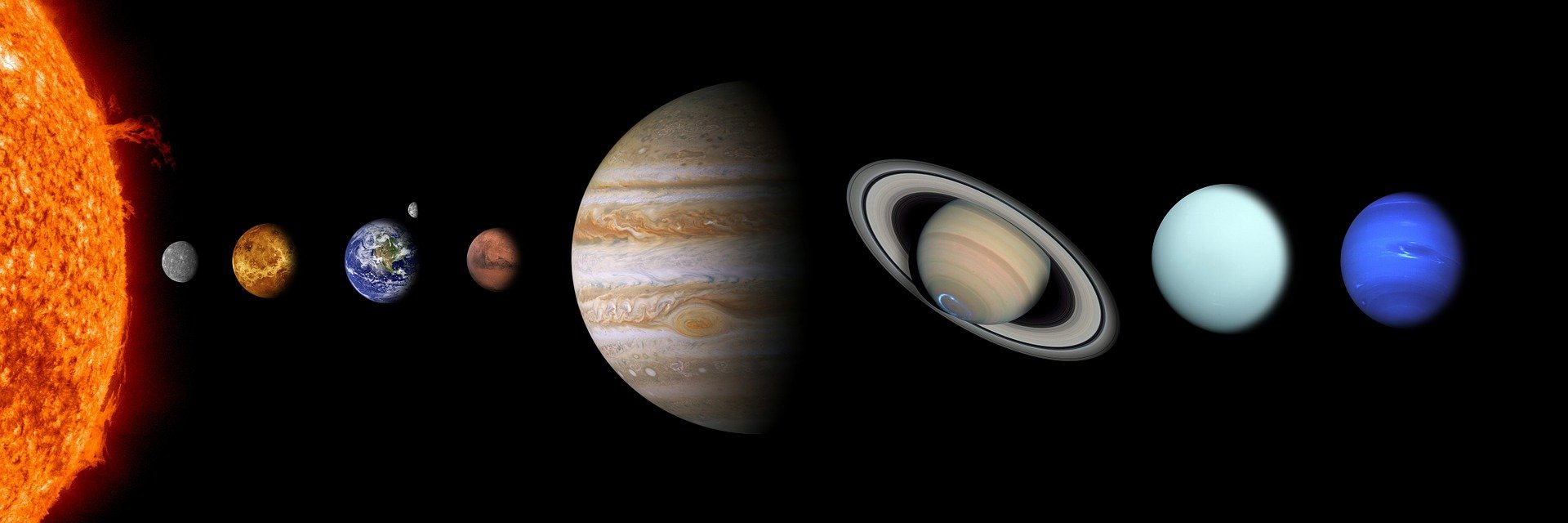Are you one of the people who are very excited by any possibility of a contact with intraterrestrial life? Then, you should certainly know that even though many scientists are pretty sure there are no other intelligent forms of life in our universe, it is quite possible that intelligent being from other parts of the universe have already spotted our planet with their equipment. Of course, there is no guarantee there are such beings at all and even if they are, there is no guarantee they are also exploring the universe like humans. Yet, assuming such a possibility, scientists believe there have already been 1,715 times when aliens had a chance to notice our planet.
How can scientists know such information?
Well, astronomers are giving us a real number – 1,715 times. How can they know such a number and what does it really mean?
First of all, you should understand that scientists are observing the transit of other planets which are orbiting distant stars. In such a way, they have calculated over two thousand star systems which can be potentially observing our solar system as well. During the last 5,000 years during which our species has been developing and growing, there were 1,715 possibilities for alien worlds to spot the Earth. According to the estimation, over the next 5,000 years, there will be 319 more moments in which the transit of our planet will allow the intraterrestrial organisms to observe our planet with their equipment.
By the word transit astronauts mean a special position of a planet which is located on the front part of its orbit around the start of a star system at the moment. As you can imagine, when a planet is orbiting a start in such an area, this changes the way in which the star is glowing. The telescopes used by scientists can notice such a difference. This gives them information about the transit which is a potential auspicious time for spotting our planet. This area in which aliens have a chance to notice our planet called the Earth Transit Zone. As you can imagine, the Earth is also passing the Sun from its front part during its transit.
Certainly, it is not thus simple to make such estimations since the vantage point for the observation of the Earth has to include appropriate positions of both our planet and an exoplanet.
Exact figures
So far, scientists were able to examine a period of ten thousand years. They took into consideration five thousand years of the past as well as five thousand years of the future. All in all, 2,034 had or will have a position passing the ETZ. Astronauts have also calculated that there 117 star systems which are lying in the proximity of 100 light years from the Sun.
Since the moment when people started using commercial radio stations for broadcasting into space which happened around a century ago, there have been 75 points of exoplanets getting into the Earth Transit Zone.
So far, scientists are sure about the existence of seven star systems out of the systems on the list of those getting into the ETZ which have exoplanets.
One of such star systems is Ross 128. Its position is nearly 11 light-years from the Earth. There is a planet located in the habitable zone of this galaxy. This planet is 1.8 times larger than the Earth. It was possible for the potential inhabitants of this planet to see the Earth around 3,057 years ago. The vantage point for this planet was lost nearly 900 years ago.
A particularly valuable galaxy is Trappist-1. This one is more distant than Ross 128 as it is located 45 light-years from our planet. Trappists-1 is particularly interesting for our astronomers due to the fact it has four planets located in the habitable zone. The next time the inhabitants of these planets will be able to spot the Earth is in 1,642 years.

